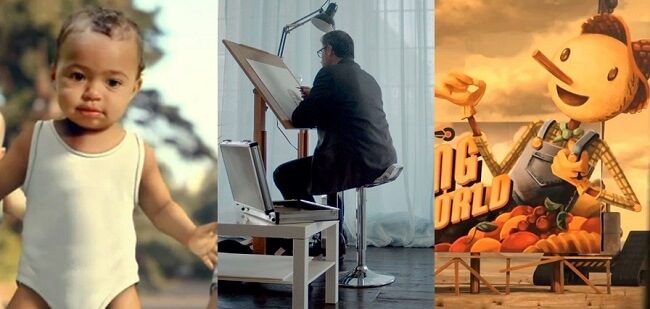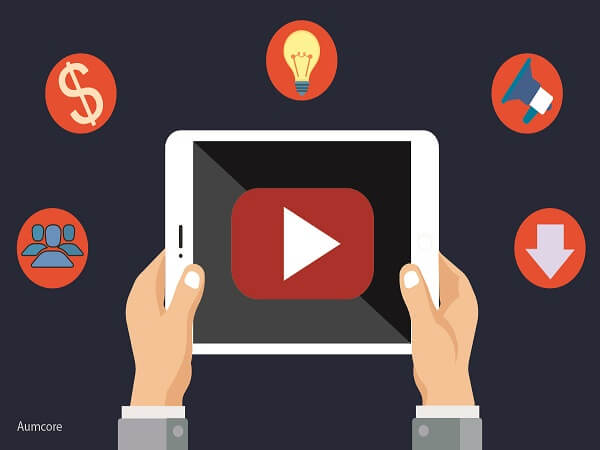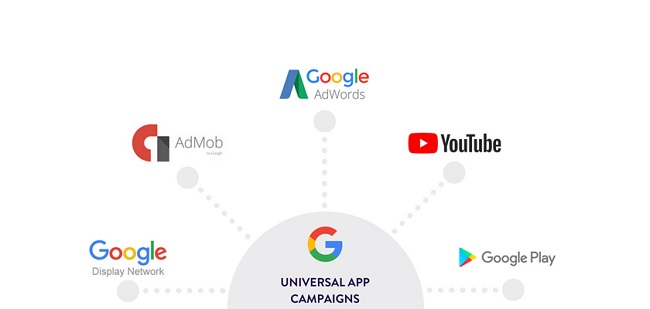We’re going to devote today’s discussion to videos and what all viral video marketing strategies have: a storytelling component that engages viewers and keeps them on the hook until the very end. After all, considering that 5 billion videos are watched on YouTube every single day, and that 1,200% more shares are generated by social videos than text and images combined, you definitely need to know what to include and what to leave on the cutting floor.
The Power of Video Storytelling
Let’s start by covering a quick video storytelling definition so you have an idea of what we’re going to be talking about today. For one, every story should have a beginning, middle and end, but what does this mean for a video? It means that any video should have a plot that purposely unravels a narrative with characters who can deliver your story in the most engaging way possible. For instance, the plot should highlight a product or service and explain how it’s beneficial, and the purpose should be the underlying factor behind the video’s creation that pushes the narrative forward. As for the characters, they’re your target audience; they’re people with shared characteristics that place them in your crosshairs.
“Marketing is no longer about the stuff that you make, but about the stories you tell.” – Seth Godin
Moving forward, let’s use some big-name examples to show how everything comes together.
The Power of Video Storytelling: Online Video Advertising Examples
When in doubt, turn to those who know what they’re doing to know what you, yourself should do. For our discussion today, that means turning to some viral marketing video examples from big brands to see a couple of things, namely expertly crafted video storytelling examples that work. In doing so, we’ll be able to get an idea as to what a good brand storytelling video looks like so we can better tailor our own.
Read More About: Video Marketing Tips and Trends You Should Follow
For starters, Evian showed us that incorporating humor in a video works wonders with their “Roller Babies” ad, which just so happens to have won the Guinness World Record title for the Most Viewed Online Ad in 2009. And then there’s Dove, who empowered their viewers with their “Real Beauty Sketches” that also won the Guinness World Record title for the Most Viewed Online Ad, this time in 2013. Likewise, Chipotle also went with a touching angle and created an emotional response with “The Scarecrow,” a video ad that didn’t quite make the Guinness Book of World Records, but did receive 5.5 million views in just 8 days — an impressive feat by any standards.

So, what do these marketing videos on YouTube tell us? They tell us that videos that work work because they impart something on their viewers that make their videos memorable, something that can only be explained in a story. For example, Evian made the content fun, inviting and enjoyable so viewers felt more engaged throughout. Dove, on the other hand, used empowerment as a tool to remind their audience of their value and boost their confidence, which worked to shine a positive light on the brand. In a similar vein, Chipotle appealed to their viewers’ emotions and struck a chord in their heart to make them understand why; why their company is important, why their products are different, and why they should care and pay attention to what they have to say.
Your Video Storytelling Techniques and Strategy
Now that you have an idea of what your videos should do, it’s time to cover some techniques and a strategy you can make use of. Up first will be your video type, which is determined based on what you want to do with your video. For example, here are some types of videos you can use:
- A demo video is ideal when you want to showcase how a product or service works.
- Brand videos work best when they showcase the brand’s vision and mission, and when they’re part of a larger campaign.
- An Event video, on the other hand, should be used when you’re hosting some sort of an event—or are attending one—and you want to either show what happened (post event) or what has happened in past events (pre-event).
- Depending on how it’s made, a case study video usually works best on a brand website as a form of testimonial.
Once you know what type of video you’ll be creating, it’s time to flesh out what it entails. As part of this process you’ll have to determine:
- Your main goal: Why are you creating this video? Are you trying to increase brand awareness? Are you trying to increase sales? What about a new service or product—are you trying to introduce them?
- Your target audience: Depending on your goal, you’ll have to set a target audience who will be more receptive to your messages, i.e. your buyer persona.
- Your platform: Considering that 100 million hours of video per day are watched on Facebook, you’ll most likely want to use this channel as your platform. You should also repurpose it on different channels to create the biggest impact.

From here, the next steps will have to be determined by you, as they involve scripting your video, choosing your camera(s) and their setting (e.g. the frame rate, aperture, shutter speed, etc.), setting up a studio and all the equipment you’ll need, prepping your talent, i.e. your actors, shooting and editing your video, recording any voice overs, and finally, hosting it.
Final Thoughts
86% of online marketers use video content in their strategies. Are you? If you are, wonderful; now take what you learned today and inject it into your strategy if you haven’t already. If you aren’t, hopefully what you learned today will push you to make some changes and include a budget for video creation.





Tell us your thoughts in the comments